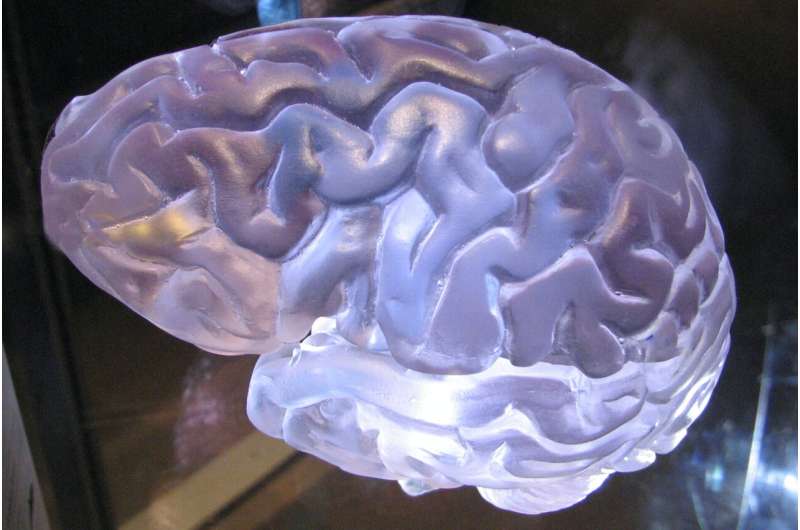Survey Reveals Confusion Over Mammogram Screening Guidelines

A recent survey uncovers significant confusion among women and the general public regarding the optimal age to begin mammogram screenings for breast cancer detection, highlighting the need for clearer health communication.
Recent findings from a nationally representative survey conducted by the Annenberg Public Policy Center highlight ongoing confusion among the U.S. population regarding the appropriate age to begin mammogram screening for women at average risk of breast cancer. Mammograms are crucial tools in early cancer detection, often identifying the disease before symptoms manifest and significantly reducing mortality. However, disparities persist in public understanding of current guidelines.
According to the survey, which sampled over 1,600 adults in April 2025, nearly half (49%) correctly recognize that women at average risk should start mammogram screenings every other year from age 40. Despite this, a substantial portion of respondents hold incorrect beliefs; 10% think screening should start at age 20, 21% at age 30, and 8% believe it should begin at age 50. Additionally, around 11% remain unsure of the recommended starting age.
This confusion stems partly from the changing medical guidelines over recent years. While the U.S. Preventive Services Task Force (USPSTF) updated its recommendation in April 2024 to advise women aged 40 to 74 to have mammograms every two years, other organizations, like the American Cancer Society, suggest individual women may opt to start annual screenings at age 40, with some variations in the recommended frequency. These conflicting messages contribute to public misunderstanding.
The survey also reveals that awareness varies among age groups. Women aged 40–49 have the highest awareness, with 72% knowing the correct starting age. In contrast, only about 37% of women aged 18–29 are aware of the appropriate age, with many of younger women mistakenly believing screening should start at age 30 or 50. Some younger women are also unsure, which indicates a need for clearer communication about screening guidelines.
Given these findings, health education efforts should prioritize clarifying the recommended ages for mammogram screenings to ensure women are well-informed and can make timely, evidence-based decisions about their health. Accurate public understanding is essential for optimizing early detection and improving breast cancer outcomes.
Source: https://medicalxpress.com/news/2025-07-survey-mammogram-guidelines.html
Stay Updated with Mia's Feed
Get the latest health & wellness insights delivered straight to your inbox.
Related Articles
US Cancer Survivors Reach 18.6 Million and Projected to Surpass 22 Million by 2035
The U.S. cancer survivor population is projected to grow from 18.6 million in 2025 to over 22 million by 2035, highlighting the need for equitable care and survivorship support.
Innovative Approach to Slowing Glioblastoma Growth by Blocking Brain Damage
New research suggests that blocking brain damage caused by glioblastoma may slow tumor growth and preserve neurological function, opening new pathways for early intervention strategies.
Advancements in Drone Technology to Accelerate Cardiac Arrest Response
Innovative drone systems are being tested in the UK to deliver Automated External Defibrillators (AEDs), aiming to reduce response times and improve survival rates in out-of-hospital cardiac arrests. Recent studies showcase the potential to save lives through rapid drone deployment in remote areas.
New Study Reveals Elevated Rates and Key Risk Factors for Non-Fatal Opioid Overdoses
A groundbreaking study reveals rising rates of non-fatal opioid overdoses and identifies key risk factors such as mental health issues and socioeconomic challenges, emphasizing the need for improved intervention strategies.



